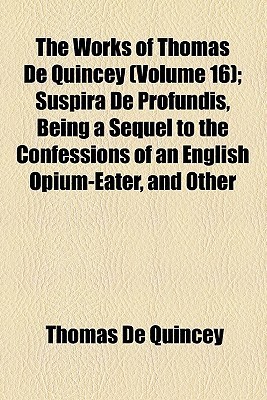What do you think?
Rate this book


280 pages, Paperback
First published January 1, 1845
Nunca había oído hablar de las actitudes que suelen llamarse "sentimentales" y ni siquiera soñaba con tal posibilidad. Pero hasta en los niños el dolor huye de la luz y se esconde de todas las miradas.
Los rostros se deslían pronto, los rasgos fluctúan, se alteran sus combinaciones. Aún la expresión se convierte en una simple idea que es posible describir a otra persona pero que deja de ser una imagen que se evoca a voluntad. Por ello los rostros de los niños, aunque sean divinos como flores en la sabana de Texas o el canto de los pájaros en el bosque, no tardan en hundirse, como las flores de Texas y el canto de los pájaros, en la oscuridad que persigue y devora todas las cosas humanas. Las glorias de la carne se desvanecen y ésta, la gloria de la belleza infantil vista en el espejo de la memoria, antes que ninguna. En cambio, cuando quienes han muerto influían en nosotros con facultades intelectuales y morales -facultades en la carne y no de la carne- los memoriales del corazón serán más firmes, aunque en un primer momento sean menos dolorosos.
No susurraban. No cantaban, aunque muchas veces he pensado que podían cantar, pues he oído en la tierra sus misterios descifrados por el arpa y el pandero, el tímpano y el órgano. Al igual que Dios, cuyas servidoras son, no expresan su voluntad en sonidos que se pierden, ni en palabras que se extravían, sino en señales del cielo -en cambios de la tierra, en los pulsos de ríos secretos, en signos heráldicos pintados en las tinieblas, en jeroglíficos inscritos en las tabletas del cerebro. Giraban en laberintos: yo desenredaba los pasos. Telegrafiaban de lejos: yo leía las señales. Conspiraban juntas; y en los espejos de la oscuridad mis ojos percibían las intrigas. Los símbolos eran suyos, mías las palabras.